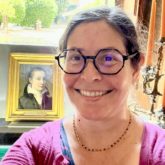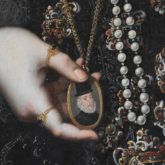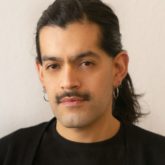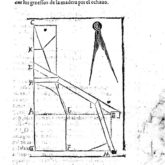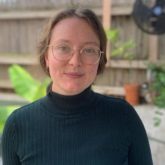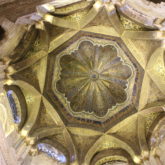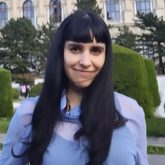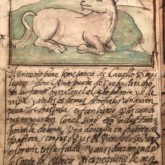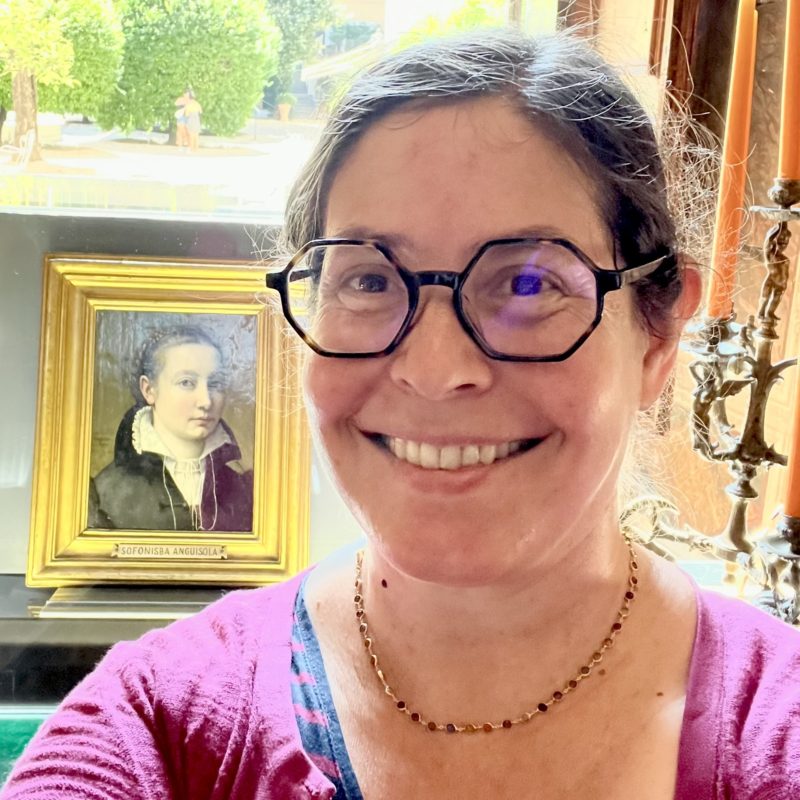ARTES / CEEH Scholarships Awards (2024-2025)
The four scholarships offered by ARTES with the support of the CEEH have been granted:
Tanya Klowden, Courtauld Institute of Art – £3000 for a PhD student at a UK university
Interconnected Identities: Alonso Sánchez Coello, Sofonisba Anguissola, and Portraiture in the Court of Philip II of Spain
From 1560 to 1570, Alonzo Sánchez Coello and Sofonisba Anguissola were the principal artists creating formal state portraits used to establish the image of Philip II and his heirs across his empire and for critical diplomatic efforts around the globe. Though prior studies have considered them independent of one another or as competitors, my research pairs computational analysis of the works of both artists with archival and contextual evidence to distinguish Spanish court workshop practices and explore the possibility of a more complex, collaborative working relationship between these artists than we currently interpret from the available record.
My initial research focuses on assembling contextual evidence of the presence and working practices of Sofonisba Anguissola and Alonso Sánchez Coello in the court of Philip II between the years 1561 and 1572, and on mapping networks of royal family members, courtiers, artists, diplomats, and government functionaries who have left a record of the day-to-day workings of the Spanish court and Philip’s government. The surviving records of the Spanish court artistic workshops reflect a pattern of compensation intended to strengthen relationships over the more common commission and contract-based accounting seen in other courts.
With losses of the royal collection resulting from various natural and man-made disasters, art historians are left with a fragmented visual record and it has been difficult to correlate individual surviving works with the archival records and establish patterns of artistic activity within the Spanish court. To address this challenge, my research applies methods of computational analysis to assist in identifying evidence of influence and collaboration and trace lines of relationship in this complex network of monarchs, artists, and courtiers.
Dr Francisco Mamani-Fuentes. Research Associate, ECERM-Universitat Pompeu Fabra (Barcelona, Spain) – £3000, for a PhD or postdoctoral student based in Spain
Building with Wood: British and European Sources for a Comparative Study of Early Modern Spanish Carpentry at the John Rylands Library
This research project draws upon British and European architectural sources from the Architectural Printed Works Special Collection at the John Rylands Library. For the first time, it will analyse early modern timber construction knowledge and techniques from a comparative perspective, aligning them with historical carpentry practices in Spain. The aim of this study is to identify commonalities between various British and European building cultures. This will facilitate the establishment of typological criteria intended to advance the study of historic carpentry beyond the traditional confines of national research frameworks. The project will culminate in the creation of a technical dictionary, enhancing communication among researchers focused on timber construction across Europe and the Americas.
Travel Scholarships
Isabella Inkip, The University of Edinburgh – £1000 for travel to Cordoba
Art History of Early Islamic Córdoba: On-Site Archaeological Training to Support the Development of Digital Teaching Tools in Medieval Islamic Art History
This June I am visiting Cordoba to take part in the Digital Lab for Islamic Visual Culture and Collections annual research trip. During this trip I will focus on using different digital documentation techniques (photography, lidar scanning and photography) to document different elements of Cordoba’s Islamic heritage. My aim is to document aspects of the medieval city itself, the architectural remains of Islamic Villas as well as objects from this period. These digitalisations will then be used in the development process of the Digital Lab’s forth coming educational video game, Digital Munya 3, which will be produced with the help of Ubisoft’s Maxime Durand. As an Art Historian with a background digital arts and 3D scanning, I am excited to see how the digital documentation I gather on this trip can help us build a game that faithfully represents the architecture of Islamic Cordoba.
Daniela Castro-Ruiz, University of Durham, £1000 for travel to Madrid and Valladolid
Knowledge Representation in the Bestiario de Don Juan de Austria
My research examines the Bestiario de Don Juan de Austria (c.1570), written and illustrated by Martín Villaverde, an author about whom nothing is known. The only surviving bestiary in Castilian with extensive illustrations. It depicts various creatures against diverse landscapes, embedding symbols of society. It shares characteristics of medieval bestiaries, including moral elements. The manuscript serves as a cultural appropriation, adapting tradition to its historical context between the Battle of Las Alpujarras in 1568 and the Battle of Lepanto in 1571. The aim is to study and analyse the historical and social conditions of the manuscript and its function in its original context, looking principally at questions of visual reception.
The Bestiario serves as a key subject due to its symbolic intricacies, showcasing a distinct Hispanic humanist perspective and emphasizing the significance of illuminated manuscripts in art history. To understand the milieu surrounding the Bestiary and its interpretative community, extensive archival research is essential. This includes exploring the exchange of woodcuts, text circulation, and the world of patronage and collecting, encompassing not only illustrated manuscripts but also cabinets of curiosities and scientific drawings. I will undertake a research trip to Madrid and Valladolid, enabling me to access essential documents and artifacts. This will facilitate an interpretative reconstruction of the context in which the manuscript was produced. The archives of Simancas, and of the Council of State and the Patronage Section will prove invaluable in this endeavour. Accessing the National Historical Archive, particularly its University Section, and the Municipal Archive of Alcalá de Henares is also vital for insights into don Juan de Austria’s education and the dissemination of intellectual and artistic knowledge during the period.
